Frankfurt 2015: Audi E-tron Quattro Concept Cruises 310 Mile Electric Avenue

Audi’s latest reveal, the e-tron quattro, might be only a concept at this point, but the all-electric SUV offers a glimpse as to what’s to come from the German premium automaker in 2018 when they roll out a production version in the same vein.
We won’t have full specs on the production EV until closer to launch, but Audi touts the e-tron quattro as having 310 mile range capability along with up to 496 horsepower from three electric motors driving all four wheels.
Yet, even with all that power and efficiency, can you find what’s missing from this all-electric concept?
Mirrors.
Audi has completely gotten rid of the lowly side mirror in order to make the e-tron quattro concept a more slippery affair — and it seems to have worked.
At 16 feet long, 6.3 feet wide, and 5.1 feet tall, the concept still only has a drag coefficient of 0.25. An active air suspension and flat underbelly aid in boosting that efficiency, as does the active aero system built into certain body panels. Driving quality, says Audi, is also improved as the new aero elements make the e-tron quattro a very quiet highway companion.
But, what of those mirrors?
Audi, in their efforts to put OLED screens on every possible surface, has replaced the humble side mirror with screens embedded in the doors. This means there’s no longer a need to adjust the angle for different drivers as line of sight is completely digital.
Another of Audi’s OLED experiments is to make the area to the left of the steering wheel, usually reserved for light controls, completely digital. That seems like a bit of a stretch. The rest of the dash is an expansion of Audi’s Virtual Cockpit technology, including another OLED panel below the shifter.
Meanwhile, for those who care about all-electric performance, the e-tron quattro will be powered by three electric motors with a normal output of 430 horsepower. If the driver requests a bit more oomph, output is boosted to 496 horsepower and 590 lb-ft of torque, rocketing the concept to 62 mph in 4.6 seconds on its way to a top speed of 130 mph.
If you’re wanting to tackle the twisties, active torque management between the rear wheels and four-wheel steering will give the behemoth some nimbleness.
…and all that in a sport-utility vehicle with 21.7 cu. ft. of cargo space and seating for four.
Audi states the e-tron quattro will fully charge its 95 kWh battery pack in 50 minutes from a 150 kW charging station, or it can be wirelessly charged from a plate that the vehicle finds on its own.
If even half of this concept wizardry comes to fruition in 2018, this might just be the loudest salvo fired at Silicon Valley to date.

More by Mark Stevenson
Latest Car Reviews
Read moreLatest Product Reviews
Read moreRecent Comments
- Corey Lewis It's not competitive against others in the class, as my review discussed. https://www.thetruthaboutcars.com/cars/chevrolet/rental-review-the-2023-chevrolet-malibu-last-domestic-midsize-standing-44502760
- Turbo Is Black Magic My wife had one of these back in 06, did a ton of work to it… supercharger, full exhaust, full suspension.. it was a blast to drive even though it was still hilariously slow. Great for drive in nights, open the hatch fold the seats flat and just relax.Also this thing is a great example of how far we have come in crash safety even since just 2005… go look at these old crash tests now and I cringe at what a modern electric tank would do to this thing.
- MaintenanceCosts Whenever the topic of the xB comes up…Me: "The style is fun. The combination of the box shape and the aggressive detailing is very JDM."Wife: "Those are ghetto."Me: "They're smaller than a Corolla outside and have the space of a RAV4 inside."Wife: "Those are ghetto."Me: "They're kind of fun to drive with a stick."Wife: "Those are ghetto."It's one of a few cars (including its fellow box, the Ford Flex) on which we will just never see eye to eye.
- Oberkanone The alternative is a more expensive SUV. Yes, it will be missed.
- Ajla I did like this one.
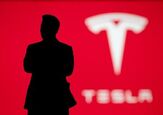
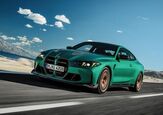

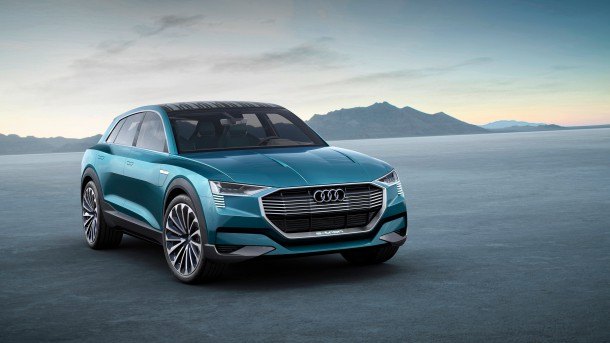





















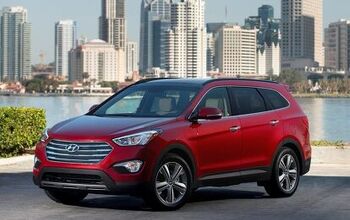
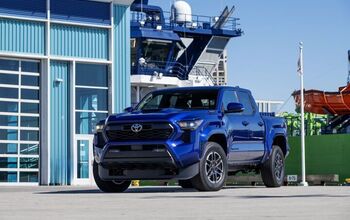
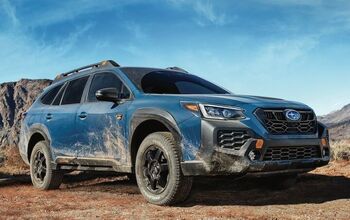

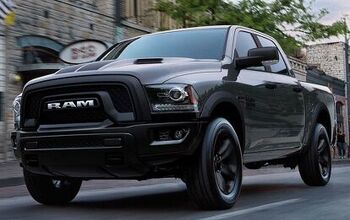
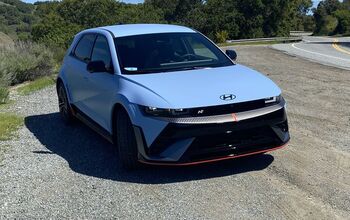

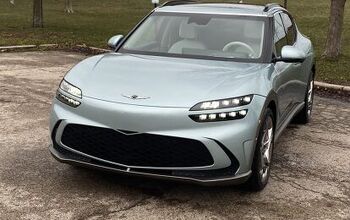

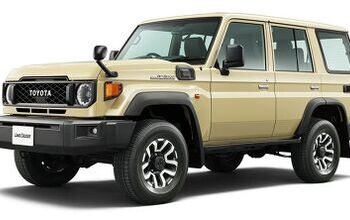
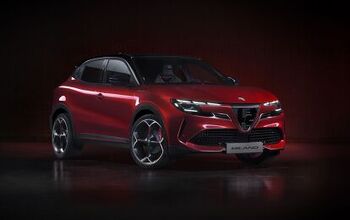
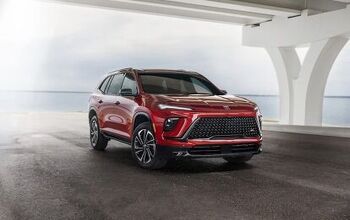
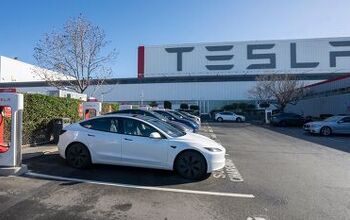
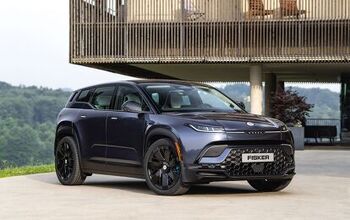
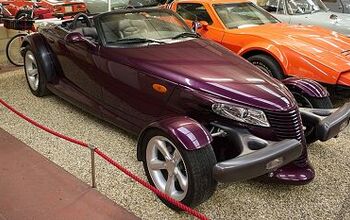
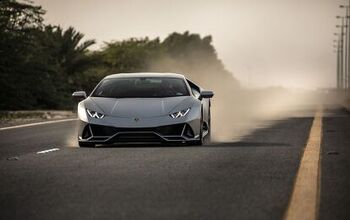


Comments
Join the conversation
If an electric car was available with half the performance and most of the cargo space I'd have bought it 2 years ago. Is it really that hard to put 2 leaf drive trains in a slightly bigger chassis for $45k? I made a push to get in on the Leaf deal (thanks TTAC) but my wife shot it down due to a combination of my height and car seat space. Right now our electric car options are luxury or city. Hopefully someone jumps on the much bigger suburban market soon.
Holy 1987. This would fit right into Terminator, and the "future vehicles" people thought of at that time. It also reminded me of this straight away. http://www.nationalfurnishing.com/ccp51/media/images/product_detail/3710ad.jpg At least that grille is functional.